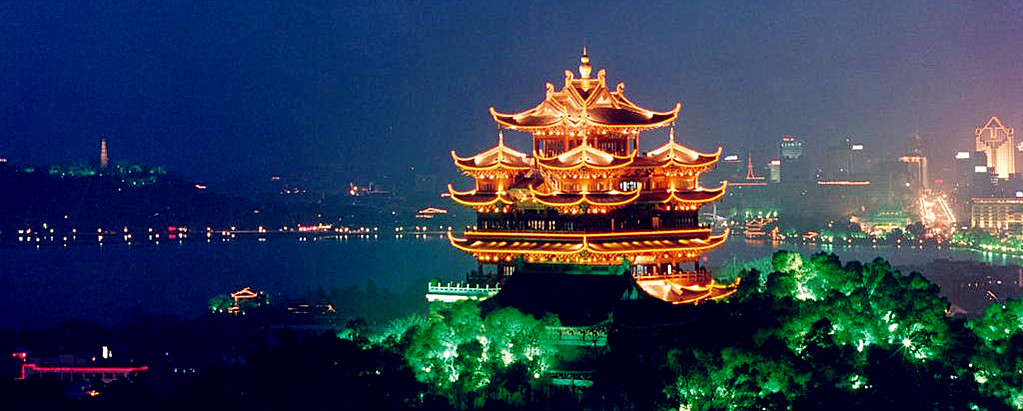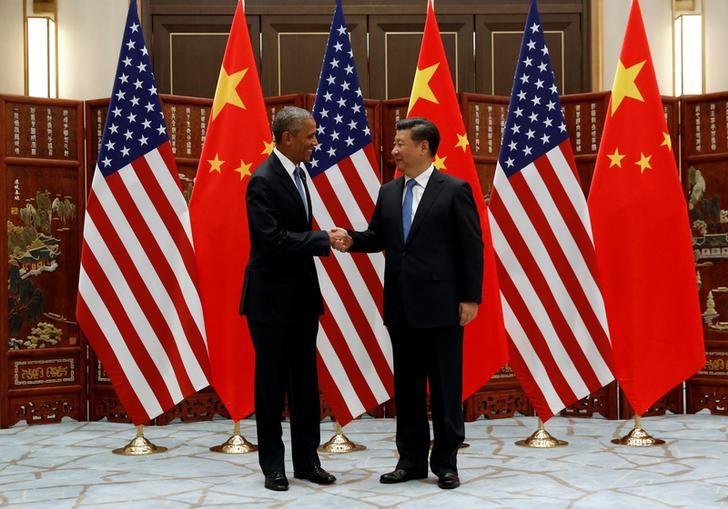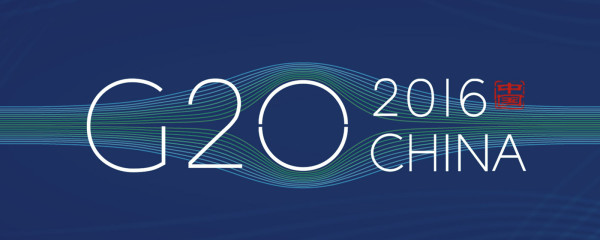07
Sep 2016
2016 G20 Summit: Recap
Like every year the leaders of the exclusive group of the G20 have met to discuss important global affairs such as global warming, the economy or terrorism. This year the summit was held in the Chinese city of Hangzhou, in Zhejiang province. This is the first time the group meets in China and the second they meet in an Asian country (the other one being in South Korea in 2010).

This year has been marked with the Chinese comments on global trade, the Brexit and the US presidential campaign. The three topics have one thing in common: how the future of international trade will evolve.
The Chinese president warned about the problems with a world taking the protectionist path. He showed his fears of a rise of isolation from countries that could damage the global trade and urged his fellow leaders to find ways to boost the economy and trade. One of the main goals of the summit was to mount a defense of free trade and globalization.

China’s President Xi Jinping and U.S. President Barack Obama shake hands before a bilateral meeting ahead of the G20 Summit.
The Brexit means a new strategy for the UK, the European Union and the rest of countries when dealing with the continent. The UK used to be a gate to the rest of the union, receiving huge amounts of investment, being an important trader and having one of the world’s most important financial systems. However, being out of the union might mean the country will now face more tariffs and obstacles when trading with its ex partners. This also means, the UK is no longer the gate to Europe and other countries will need to find an alternative. We will need to wait some more months to see how the changes in the treaties between the different parties shape and what effect this will have to the global trade.
The US presidential campaign may seem not too related with the international trade; but, in reality two things are in play at this moment. The most obvious one is Donald Trump. He is advocating for a more protectionist policy, isolating the US from the global trade. This can be a huge downturn for the rest of the world, as the US is one of the biggest importers and exporters. The second thing is the new Trans-Pacific Partnership between the US, and other American and Asian countries surrounding the Pacific Ocean. While the Obama administration is a huge fan of the new treaty, neither Clinton nor Trump has expressed any admiration for it. Both of them have heavily criticized the treaty. This could leave the US without any of the two major commercial treaties they have been working on in recent years, the other one being with the European Union which some countries like France are already asking to stop it.

International trade
All these changes and attention to the international trade comes from a slowing economy on a global scale. Where China is slowing down, the developing countries and not doing so great, but where the European Union is also not fairing very well. How will this situation shape the future of the international trade? Are we going back to protectionism or are we going to start seeing more cooperation between countries and new alliances?































